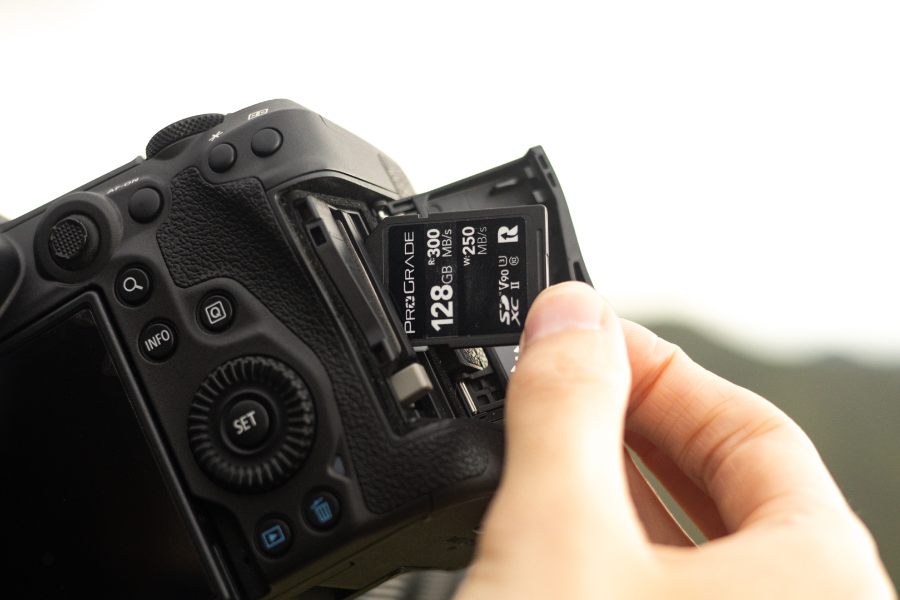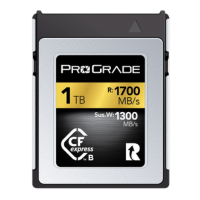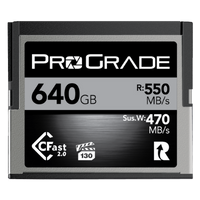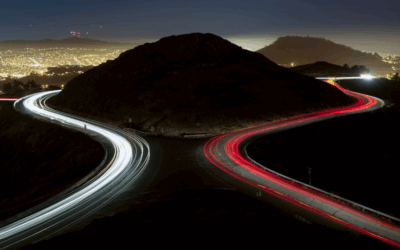Every shot you take tells a story, and when shooting in RAW, that story is rich in detail and depth. But here’s the twist – the richer the detail and depth, the larger your images get. So, your memory card plays a role just as vital as your camera, ensuring each RAW moment is preserved with precision and care.
For photographers who favor the high-quality output that RAW provides, a reliable and fast memory card isn’t just a convenience; it’s a necessity. This guide is designed to help you navigate the nuances of choosing the perfect SD card for RAW photography—the myriad options available—focusing on key factors like write speed, capacity, and reliability, which are essential for a seamless workflow and safeguarding your precious data. Let’s explore how to make this important decision with confidence.
Demystifying RAW Photography: Why It Matters for Memory Cards
At its core, RAW photography is about capturing images in their purest, unprocessed form. Unlike JPEGs, which compress and process image data within the camera, RAW files retain all the data from the camera’s sensor. This unfiltered approach offers unparalleled control and flexibility in post-processing, allowing photographers to fine-tune color, exposure, and detail to a degree that’s impossible with compressed formats.
However, this level of detail comes with its own set of demands, particularly in terms of file size. RAW files are substantially larger than their JPEG counterparts, often requiring significantly more storage space. For instance, a single RAW image can easily be tens of megabytes in size, depending on the camera’s resolution and sensor. This is where high-performance memory cards come into play.
The need for speed and capacity in a memory card is not just about storing these large files; it’s about capturing them quickly and efficiently. High-resolution photography, particularly in rapid succession (such as in burst mode), demands memory cards that can write data at high speeds. A slow card can mean missed shots, as the camera’s buffer fills up and needs time to transfer data onto the card.
In essence, RAW photography is both a blessing and a challenge. It offers the highest quality and most flexibility for creative expression yet demands the very best from your equipment, especially your memory cards. Choosing a card that matches the demands of RAW photography is critical in ensuring that your creative process is as fluid and uninterrupted as the stories you aim to capture.
Key Considerations for Memory Cards
When it comes to memory cards for RAW photography, three critical factors come into play: write speed, capacity, and reliability. Each of these plays a unique role in ensuring your photography sessions are smooth, efficient, and free from technical hiccups.
1. Write Speed
The write speed of a memory card is paramount in RAW photography. This metric determines how quickly data is transferred from your camera’s buffer to the card. With RAW files being sizeable, a fast write speed is required to avoid buffering issues, especially when shooting in burst mode or capturing fast-moving subjects.
A card with a high write speed ensures that your camera is ready for the next shot more quickly, reducing the risk of missing those essential moments. Think of it as keeping the flow of data moving seamlessly, much like a swift and steady river, allowing for continuous shooting without interruption.
2. Capacity
The capacity of your memory card is another vital consideration. This depends largely on your shooting style and frequency. If you’re a landscape photographer who meticulously plans each shot, you might not need as much capacity as a sports photographer who shoots thousands of images in a single session.
However, given the large size of RAW files, opting for a higher capacity can save you from the hassle of frequently changing cards and worrying about running out of space at critical moments. It’s about balancing your specific needs with the convenience of having ample space for your creative endeavors.
3. Reliability
Perhaps the most important aspect of a memory card, after speed and capacity, is its reliability. The last thing any photographer wants is a card that fails at a critical moment. Choosing memory cards from reputable brands known for their durability and consistency is essential. These cards are often more resistant to harsh conditions and less prone to data corruption, ensuring that your hard-earned shots are safe.
Remember, a memory card is not just a storage device; it’s the guardian of your creative output, and its reliability should never be compromised.
Best SD Cards for RAW Photography: Navigating SD, SDHC, and SDXC Choices
When choosing SD cards for RAW photography, understanding the different types and their specifications is vital. This knowledge will guide you in selecting a card that not only meets but exceeds the demands of high-resolution RAW imaging.
SD Card Types
SD cards come in various types: SD (Secure Digital), SDHC (Secure Digital High Capacity), and SDXC (Secure Digital Extended Capacity). SDHC and SDXC are the most common for professional use. SDXC cards, in particular, are designed for larger capacities and higher speeds, essential for managing the substantial file sizes of RAW photos. Only SDXC cards offer the space and speed needed for extensive RAW photography sessions.
However, not all SDXC cards are created equal. Their performances vary greatly. So, it’s essential to know what all the symbols on the SD card mean. That said, two of the most important details you need to pay attention to when selecting the card are UHS bus type and Video Speed Class rating.
Peak Write Speed & UHS Bus
The UHS (Ultra High Speed) bus interface determines the maximum bus speed at which a memory card can transfer data. UHS-II cards, for instance, have higher data transfer rates compared to UHS-I cards, thanks to an additional row of pins that facilitate faster read and write speeds. UHS-I allows data transfer speeds up to 104MB/s and UHS-II up to 312MB/s. SD cards with high write speeds are essential for capturing high-resolution images quickly and efficiently.
Minimum Sustained Write Speed & Speed Class Ratings
Besides peak write speed, a minimum sustained write speed also plays an important role, especially when it comes to rapid-fire RAW photo bursts. Speed Class, UHS Speed Class, and Video Speed Class markings on the card all indicate the minimum write speed the card is tested and certified to sustain. That said, since Video Speed Class was created to replace previous speed classes, you can focus on that and ignore the rest.
Video Speed Class is marked on the card with the letter V followed by a number. The number corresponds to a minimum sequential write speed in MB/s. SD Card Association defines five speed ratings in this class: V6, V10, V30, V60, and V90.
The following chart from the SD Association provides a comprehensive overview of different speed classes:
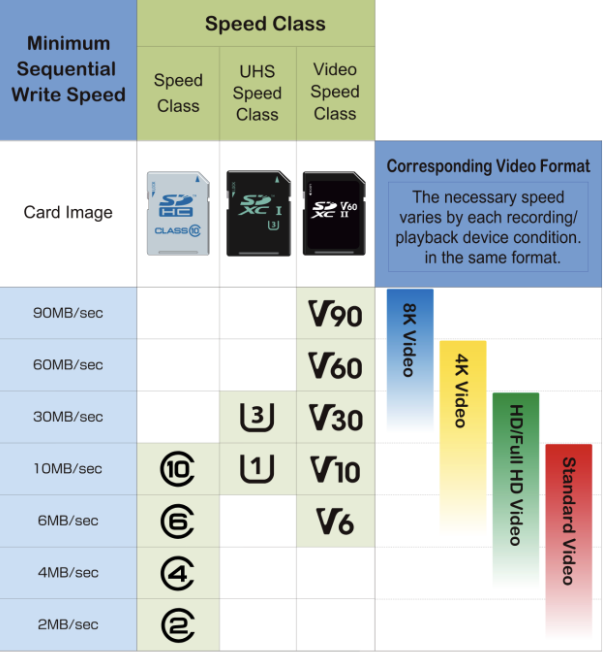
For RAW photography, a minimum of a V60 rating is recommended. This guarantees a write speed of at least 60 MB/s. If you are a professional photographer who is also shooting moving pictures and is dealing with intensive data streams like 4K or 6K video, V90-rated cards, which assure minimum write speeds of 90 MB/s, may be better suited.
Reliability
When it comes to professional photography and capturing irreplaceable moments, the reliability of your SD card is non-negotiable. Choosing cards known for durability and consistent performance is critical. This means selecting cards that are not only resistant to physical damage but are also SDA (Secure Digital Association) compliant. That way, you can feel confident that your memory card meets industry standards.
Additionally, for working professionals, we recommend choosing SD cards that have dedicated maintenance and data recovery software. These tools help maintain your card’s peak performance over time and provide a safety net by enabling data recovery in case of accidental deletion or corruption.
Recommended SD Cards for RAW Photography
In ProGrade Digital’s lineup, microSDXC UHS-II V60 Memory Card, SDXC UHS-II V60 Memory Card, and SDXC UHS-II V90 Memory Card all check every aforementioned box and are well suited for RAW photos and rapid-fire bursts. These cards range from 64GB capacity all the way to 512GB capacity, offering a versatile selection for various shooting demands.
Each ProGrade Digital SDXC card is built for harsh conditions, meticulously inspected before shipping, and compatible with the most advanced memory card maintenance software and video & photo restoration software. This added layer of security is invaluable for professionals who rely on their SD cards to safely store irreplaceable images and cannot afford to compromise data integrity.
Conclusion: Elevating RAW Photography with the Right SD Cards
The art of choosing the perfect SD card for RAW photography is indeed a delicate balancing act. It’s about finding that ideal match — a card that not only resonates with your unique workflow and shooting style but also stands as a reliable pillar in your creative journey.
The right memory card is more than a mere accessory; it is a trusted partner in your artistic process, ensuring that your focus remains unwaveringly on creativity rather than hindered by technical limitations like capacity or speed.
With the right card in your camera, each shot you take is not just captured; it’s secured, preserved, and ready to tell its story with the utmost fidelity and brilliance. This is the essence of elevating your RAW photography – it starts with a choice, a choice of the right memory card.
